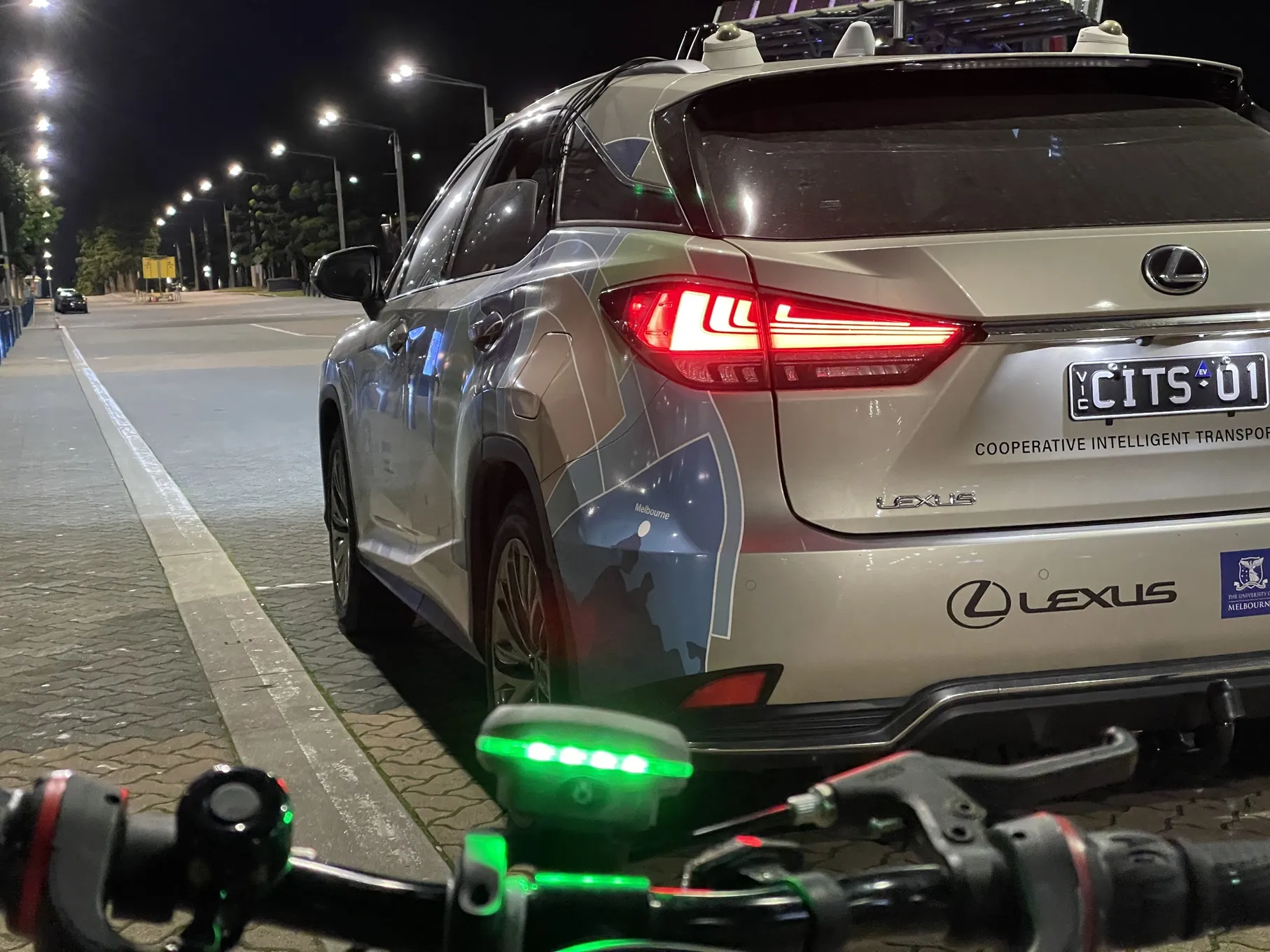The rapid development of lighting technologies, particularly solid-state systems using light emitting diodes (LEDs), has opened a universe of new possibilities as well as new questions about roadway lighting in the US, which for decades has been dominated by the use of high pressure sodium (HPS) lamps. Other light source technologies have also been angling for roadway market share.
In response to a need for objective technical information about new types of roadway lighting among transportation agencies
June 13, 2014
Read time: 3 mins
The rapid development of lighting technologies, particularly solid-state systems using light emitting diodes (LEDs), has opened a universe of new possibilities as well as new questions about roadway lighting in the US, which for decades has been dominated by the use of high pressure sodium (HPS) lamps. Other light source technologies have also been angling for roadway market share.
In response to a need for objective technical information about new types of roadway lighting among transportation agencies, the US856 Transportation Research Board (TRB), part of the National Academies, initiated a project to evaluate new lighting technologies and identify new metrics for comparison. Lighting Research Center (LRC) scientists John Bullough, who served as principal investigator and Leora Radetsky co-authored the report, entitled Analysis of New Highway Lighting Technologies. The LRC is part of Rensselaer Polytechnic Institute, the nation’s oldest technological research university.
A major challenge in assessing new roadway lighting technologies is that information for different systems is given in different forms, making comparisons difficult. Bullough and Radetsky systematically analysed the performance of a number of representative luminaires of each type, and developed a consistent data sheet format, allowing direct comparisons.
They found that many commercially available LED, ceramic metal halide, and plasma discharge roadway lighting systems can meet existing standards for lighting collector roads and freeways, achieving comparable or greater pole spacing than HPS systems and in many cases, resulting in lower energy use.
Importantly, say Bullough and Radetsky, not all systems of each type performed equally well. This underscores the importance of developing consistent data reporting formats such as those in their report.
The authors found that pole height was an important factor in the overall effectiveness of the roadway lighting system. A metric developed by the LRC, called luminaire system application efficacy (LSAE), can be used to optimise pole height and spacing to achieve optimal economic performance of different roadway lighting designs. Bullough and Radetsky also recommend that transportation agencies begin considering new benefit metrics for roadway lighting including photometric quantities based on mesopic vision, brightness perception and visual comfort.
According to Bullough, "Technologies such as LEDs are becoming mainstream choices for roadway lighting. The findings in our report can help agencies make better decisions as they face these choices."
In response to a need for objective technical information about new types of roadway lighting among transportation agencies, the US
A major challenge in assessing new roadway lighting technologies is that information for different systems is given in different forms, making comparisons difficult. Bullough and Radetsky systematically analysed the performance of a number of representative luminaires of each type, and developed a consistent data sheet format, allowing direct comparisons.
They found that many commercially available LED, ceramic metal halide, and plasma discharge roadway lighting systems can meet existing standards for lighting collector roads and freeways, achieving comparable or greater pole spacing than HPS systems and in many cases, resulting in lower energy use.
Importantly, say Bullough and Radetsky, not all systems of each type performed equally well. This underscores the importance of developing consistent data reporting formats such as those in their report.
The authors found that pole height was an important factor in the overall effectiveness of the roadway lighting system. A metric developed by the LRC, called luminaire system application efficacy (LSAE), can be used to optimise pole height and spacing to achieve optimal economic performance of different roadway lighting designs. Bullough and Radetsky also recommend that transportation agencies begin considering new benefit metrics for roadway lighting including photometric quantities based on mesopic vision, brightness perception and visual comfort.
According to Bullough, "Technologies such as LEDs are becoming mainstream choices for roadway lighting. The findings in our report can help agencies make better decisions as they face these choices."









